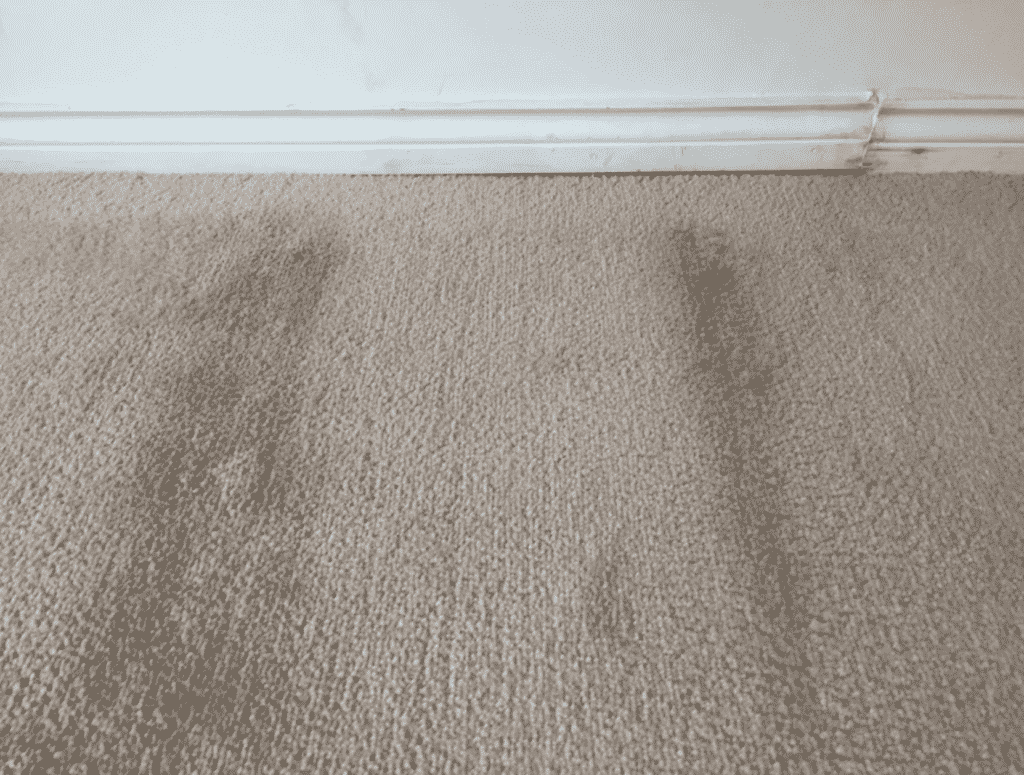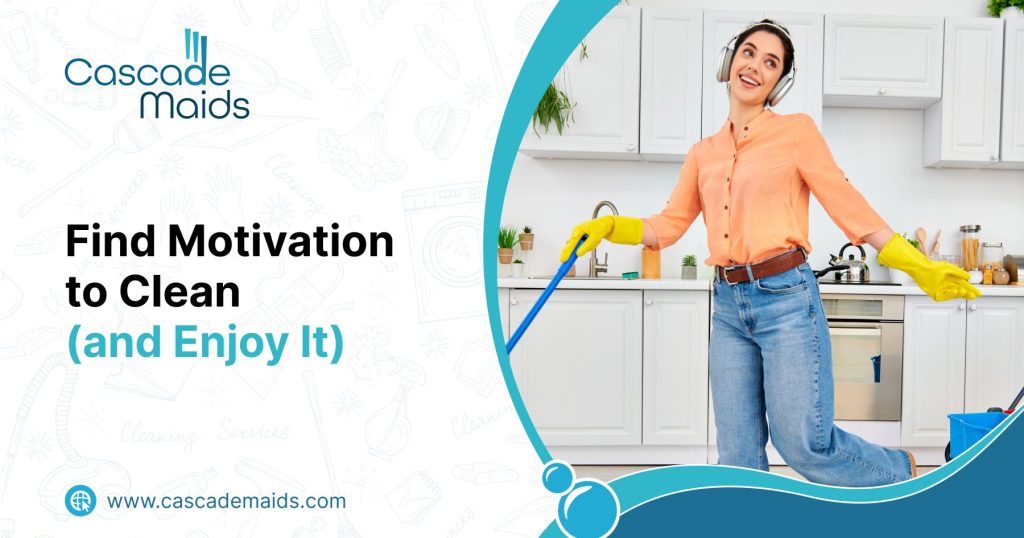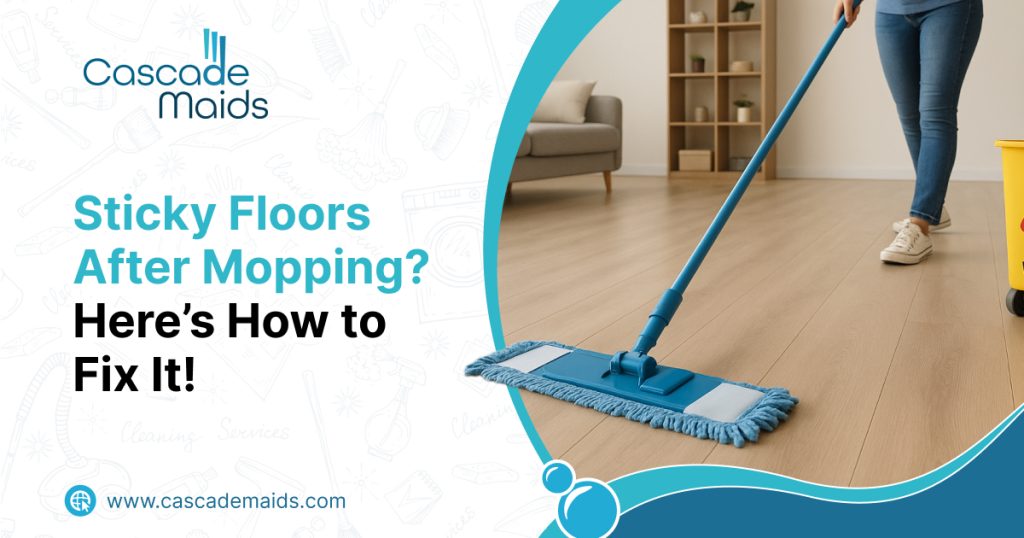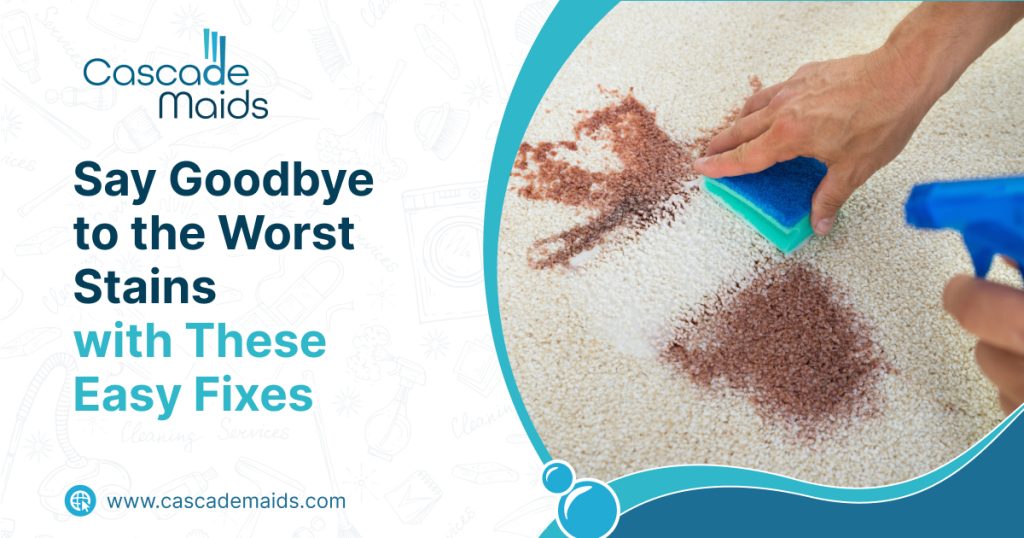A broken pipe or flooding can make water seep through your home and cause mold growth. In fact, mold does not need a lot of water to grow meaning that even a small amount of water can promote the growth of mold. Exposure to moldy environments can lead to a variety of health effects as it can irritate the eyes, nose, lungs or throat.
High levels of airborne mold can worsen trigger symptoms in people suffering from asthma, hay fever, and allergies. Cleaning and drying areas subjected to water within 48 hours is key to preventing mold growth. Here are 6 best ways to deal with carpet mold after water damage:
- Quickly Remove Water from Your House
Cleaning up as much water as you can by using a wet/dry vacuum is very important when it comes to preventing mold growth. This is because of the fact that this machine has a very powerful suction capability that enables it to remove water effectively. A wet/dry vacuum is usually rented or provided by water and smoke damage remediation companies that offer residential flood damage restoration.- Use Fans to Dry Your Carpet
One of the major benefits of using fans to dry a carpet is the fact that it speeds up the drying process. A fan can dry out an area that has been damaged by water but it will do so after running for many days. Apart from helping to dry a water damaged area, a fan can help promote good fresh air circulation. There are times when you may think that your house is dry and you don’t need fans anymore, homeowners are advised to keep the fans running 24 hours a day for one week or more. It can be a good idea to consider renting high powered drying fans from a local improvement store offering tools rental services. - Use a Dehumidifier
A dehumidifier removes excess moisture and keeping an area dry hence preventing mold growth. Any equipment that dries out the ground and the air speeds up the drying time for water damaged coverings and floors. - Steam Clean Your Carpet and Flooring
Steam cleaning can help sanitize and deodorize your carpet. In most cases, the carpet padding should be replaced after water damage as the padding absorbs a lot of water and does not dry. It is cheaper to replace the padding than changing the carpeting in all the rooms in your house. - Sanitize Baseboards and Walls
Ensure that you sanitize things that have been touched by stormwater. Thoroughly clean hard-surface floors, walls and household surfaces using soap and water. Sanitizing should be done using a mixture of 1 ½ cups of chlorine bleach and one gallon of water. Remember to wear rubber gloves while doing the cleanup. - Check Furniture
Check for water damage and move any furniture out of the affected area. Water damage can hide under carpets or rugs. As such, it is good to thoroughly inspect your home if you suspect water damage.
You can also contact your local Cascade Maids. Give us a call today!.




